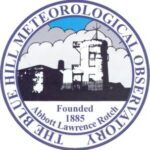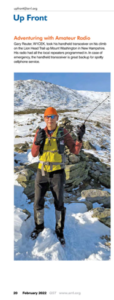Kriss Kliegle, KA1GJU, writes on the PortCity (NH) ARC mailing list:
For those of you that would like to get on HF and have problems with antennas, towers, HOA’s, etc… you can still enjoy the hobby! As discussed in my presentation at the meeting and via Zoom, I think we will go forward with running RemoteHams software, called “RCForb.” You will need a username (your call sign in small letters, not caps) and a password (that cannot have your call in it) to get on the servers. Registration is instant, via a code sent to your email address provided.
Then download the latest ‘Client’ software, not the ‘Server’ software… unless you want to place your own radio online for you or select friends. The server software is very programmable as is what users can do (RX only, Tune, TX and RX, etc). The ‘Client’ application uses the same GUI for all radio manufacturers, so it’s rather simplistic but very easy to use. There are over 320 radios available on the network, not all are open to the public. Many are radio clubs, that will ask you to join the club to obtain access.
Your entrance to the world of remote HF, VHF, and UHF radios starts here: https://www.remotehams.com/ Just follow the three steps!
Once you are all registered search the list of servers and look for the two with my call sign (KA1GJU). If you right click on them (one at a time) you can make them a favorite, and they will appear at the top of the list all the time.
As of today, there’s an IC-7300 at the clubhouse on the 40/80M fan dipole which gives you two bands to operate on. Obviously it will RX on other bands, but will be beyond the limits of the onboard auto tuner. There’s another IC-7300 at my QTH on an inverted vee for 75M. Currently the antenna is resonant at 3.980 thru 4.000 MHz, the auto tuner will handle the mismatch for operations below the upper end of the band (i.e. 3.895, 3.900, 3.925 MHz).
I have my servers set to have users be registered before they can ‘spin the knob’, so send my a PM if you want your call on the user list for privileges.
Both are in the ‘experimental’ stages (been online for three days only) and I got most of the big issues taken care of. Now it’s where can I place them as to not interfere with my own operating schedule. I host numerous remote SDR servers for people to use, and I try to keep QRM to a minimum. So distance has to be placed between RX only antennas and the many TX antennas I have.
Feel free to email me with any questions you may have. I’m still learning how to use the software after day three! The same website posted above also give you access to the forum, and you can get answers there too.
73 Kriss KA1GJU
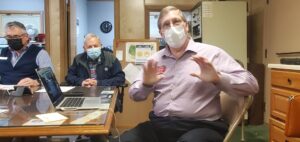
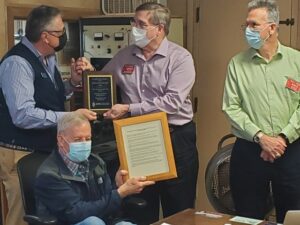
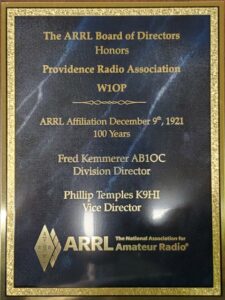
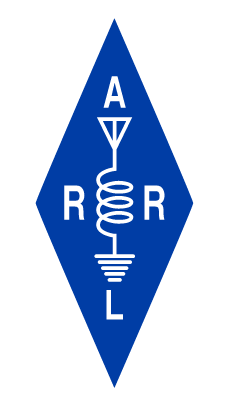
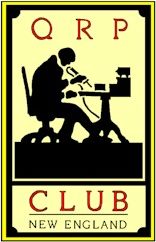
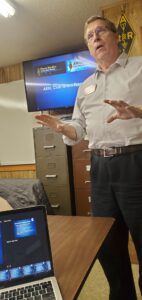
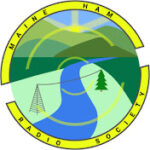

 The
The 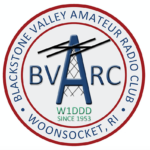 Bob Beaudet, W1YRC, writes in the March 2022 issue of Blackstone Valley ARC’s
Bob Beaudet, W1YRC, writes in the March 2022 issue of Blackstone Valley ARC’s 